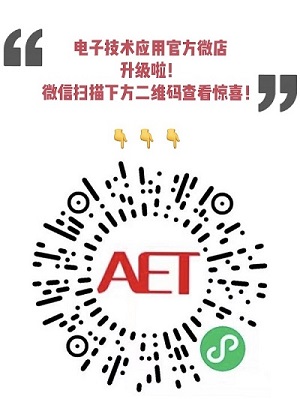基于交叉口多维状态评估的信号配时优化研究
信息技术与网络安全 6期
倪 茹
(中国科学技术大学 信息科学技术学院,安徽 合肥 230026)
摘要: 交叉口运行状态的准确评估能够为交通管理系统提供可量化的交叉口信息,为优化交叉口信号控制提供依据。针对当前交叉口运行状态评估侧重行车感受,客观性不强,确定了结合机动车和行人需求的多维评估指标体系,利用AHP-变异系数双层集成赋权模型确定各指标权重,得到交叉口运行评估模型。基于评估模型采用含噪声的深度Q学习(NoisyNet DQN)算法进行信号配时优化研究。以合肥市某交叉口为例,基于交通仿真软件证明了该方法能有效减缓交通拥堵,提高行人感受,具备较高的应用拓展性。
中图分类号:U491.2
文献标识码: A
DOI: 10.19358/j.issn.2096-5133.2022.06.016
引用格式: 倪茹. 基于交叉口多维状态评估的信号配时优化研究[J].信息技术与网络安全,2022,41(6):102-108.
文献标识码: A
DOI: 10.19358/j.issn.2096-5133.2022.06.016
引用格式: 倪茹. 基于交叉口多维状态评估的信号配时优化研究[J].信息技术与网络安全,2022,41(6):102-108.
Research on signal timing optimization based on intersection multi-dimensional state evaluation
Ni Ru
(School of Information Science and Technology, University of Science and Technology of China, Hefei 230026, China)
Abstract: The accurate evaluation of intersection operation status can provide quantifiable intersection information for traffic management system and provide basis for optimizing intersection signal control. In view of the current intersection operation status evaluation focuses on driving experience and is not objective, this paper determines multi-dimensional evaluation index systems combined with the needs of motor vehicles and pedestrians, and uses the AHP variation coefficient double-layer integrated weighting model to determine the weight of each index, so as to obtain the intersection operation evaluation model. Based on the evaluation model, a NoisyNet deep Q-learning reinforcement learning algorithm is used to optimize the signal timing. Taking an intersection in Hefei as an example, based on traffic simulation software, it is proved that this method can effectively alleviate traffic congestion, improve pedestrian feeling, and has high application expansibility.
Key words : traffic evaluation; indicator system; AHP-coefficient of variation; deep reinforcement learning
0 引言
在城市交通网络中,信号交叉口是削弱道路路网通行能力的“滞点”,因此交叉口运行状态评估是城市交通的研究重点。交叉口处交通运行状况十分复杂,大部分交通问题均会产生在交叉口处,如交叉口阻塞严重,交通事故率上升,车辆通行效率低等。由此,精确实时地评估交叉口运行状态,并将状态信息作为城市交通控制管理的指导依据,相应交叉口处的交通流便能得到较好的时空协调,助力城市路网平稳运行,提升市民幸福感。
国内外在交叉口信号控制方面评价交叉口运行状态的主要指标有通行时间、排队长度[1]、交通流量、平均延误、平均速度、停车次数、停车等待时间[2]等。目前并没有完整的交叉口运行状态评估系统是结合机动车和行人需求而建立的,无法客观地判断交叉口的真实运行效果,导致实际工作的实用性非常受限。
本文详细内容请下载:http://www.chinaaet.com/resource/share/2000004542
作者信息:
倪 茹
(中国科学技术大学 信息科学技术学院,安徽 合肥 230026)

此内容为AET网站原创,未经授权禁止转载。

